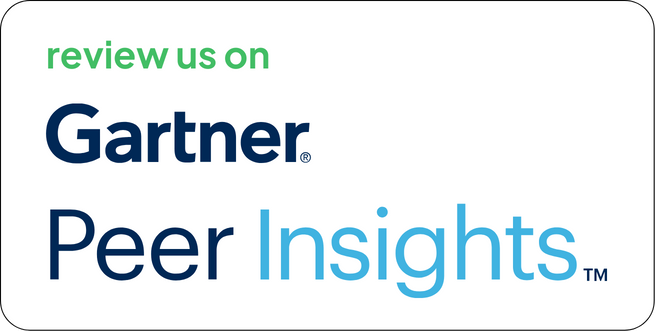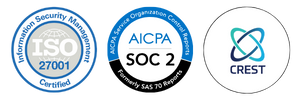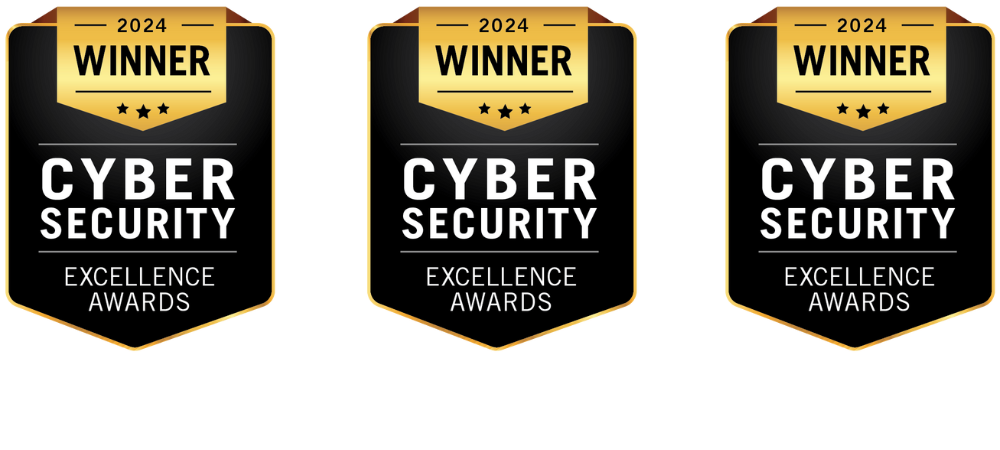Snyk is widely adopted for identifying vulnerabilities in open-source libraries, containers, IaC, and proprietary code. But like most scanners, it stops at detection. The real friction begins after the scan, when development and security teams must decide what matters, assign ownership, and prove closure.
This is where Strobes brings unmatched clarity. As part of its Continuous Threat Exposure Management (CTEM) platform, Strobes integrates with Snyk to turn vulnerability findings into prioritized, actionable tasks with full traceability.
Below, we unpack how this integration functions, the workflow enhancements it delivers, and why it matters for application security at scale.
What Is Snyk?
Snyk is a developer-first security platform that identifies known vulnerabilities in:
- Open-source packages (Snyk Open Source)
- Application code (Snyk Code)
- Container images (Snyk Container)
- Infrastructure as Code files (Snyk IaC)
Snyk plugs into SCMs like GitHub, GitLab, Bitbucket, and CI/CD tools, providing early-stage scans and frequent visibility.
Its strengths include:
- Accurate CVE detection with actionable remediation advice
- Seamless developer integrations (Git PRs, IDE plugins)
- Frequent signature updates and curated fix guidance
- Wide coverage across ecosystems (npm, Maven, Docker, Terraform, etc.)
However, Snyk does not:
- Provide prioritization based on business or exploit context
- Correlate findings across multiple tools or repositories.
- Deduplicate recurring issues
- Automate triage and ticketing
- Offer SLA tracking or enterprise-ready dashboards.
That’s where teams run into operational delays and coordination silos.
What is Strobes?
Strobes is a CTEM platform designed to consolidate, contextualize, and resolve security risks across environments. It combines capabilities like:
- Risk-Based Vulnerability Management (RBVM)
- Application Security Posture Management (ASPM)
- Workflow automation
- Threat intelligence integration
- Native ticketing and compliance tracking
Instead of replacing tools like Snyk, Strobes acts as the orchestration engine that:
- Ingests findings from Snyk and other scanners
- Deduplicates across codebases, tools, and environments
- Adds exploitability and business sensitivity context
- Automates workflows for triage, assignment, and tracking
- Surfaces what to fix and makes sure it gets done
Purpose of the Integration
This integration was built for teams who:
- Rely on Snyk for secure development workflows
- Struggle with duplicate alerts and alert fatigue
- Lack of context to prioritize vulnerabilities effectively
- Want centralized dashboards, ticketing, and SLA metrics.
- Need traceability from scan to fix
By directly connecting Snyk with Strobes, teams can stop managing scan data in silos and start acting on what matters within the developer tools they already use.
What the Integration Does?
1. Automated Ingestion of Snyk Findings
Strobes connects to Snyk using secure API tokens. It imports findings such as:
- Vulnerability IDs (CVE, CWE)
- Affected package names and versions
- Severity (based on CVSS or Snyk’s custom scoring)
- Remediation paths
- Exploit maturity indicators
- Associated repositories or project metadata
Findings can be imported on a recurring schedule (e.g., every 6 or 12 hours), based on team requirements.
2. Parsing, Normalization, and Deduplication
Raw Snyk findings are normalized within Strobes into a consistent schema. Once structured, Strobes applies correlation logic to:
- Merge repeated CVEs across repositories
- Collapse duplicate findings from Snyk + other tools (e.g., SonarQube, GitHub CodeQL)
- Automatically close resolved issues in future syncs
This immediately cuts noise and prevents redundant triage work.
3. Risk-Based Prioritization
Severity alone isn’t enough. That’s why Strobes recalculates risk for every finding using:
- Exploit intelligence: From known databases and dark web trackers
- Asset context: Public-facing codebases, active production repositories
- Business impact: Tags like “payment,” “regulated,” or “PII”
- Historical behavior: If this CVE has been fixed or ignored before
The result: a clear risk score for every finding, so that teams don’t waste time fixing issues with no real-world threat.
4. Workflow Automation
Once risks are ranked, teams use Strobes to automatically route issues:
- Create Jira or Azure Board tickets only for medium/high-risk items
- Assign to developers based on ownership tags (repo name, group, team)
- Auto-fill ticket fields with contextual remediation guidance
- Trigger notifications via Slack, Teams, or email
- Set SLA deadlines (e.g., 7 days for critical issues) and track compliance
- Auto-close tickets after retesting via Snyk or Strobes validation
This removes manual dependencies and reduces friction between security and engineering teams.
5. Unified Reporting and Audit Logs
With all Snyk findings centralized, Strobes offers:
- Dashboards showing open, resolved, and SLA-breached tickets
- MTTR trends by repo, team, or severity
- Compliance exports mapped to ISO, SOC 2, NIST CSF
- CSV, PDF, and API-based reporting for audits and QBRs
You no longer need to dig through multiple Snyk projects to explain what was fixed or what wasn’t.
The Importance of the Snyk Strobes Integrationatters
A. Cuts Noise Without Losing Visibility
- Deduplicates issues across multiple Snyk scans
- Prevents backlog bloating from re-reported CVEs
- Flags only what’s active, exploitable, and business-critical
B. Adds Context That Changes Priority
- Shows exploit trends and asset exposure
- Highlights issues in critical production workloads
- Differentiates between an open-source bug and an actual business risk
C. Aligns Tickets with the Right Owners
- Routes vulnerabilities to exact developers or squads
- Tracks SLA deadlines by repo or team
- Gives visibility to security, engineering, and compliance from one place
D. Proves Progress with Real Metrics
- Shows risk reduction across sprints
- Enables board-level summaries and operational scorecards
- Tracks how many vulnerabilities were closed, escalated, or ignored
Final Thought
Snyk does an excellent job scanning dependencies and code for known vulnerabilities. But without structured prioritization, workflow automation, or ticketing, teams fall into a trap of detection without resolution.
By integrating Snyk with Strobes, security teams reclaim control, triaging risks faster, automating handoffs, and tracking outcomes in real-time.
This is not just a technical integration, it’s an operational improvement that brings security and engineering into the same loop.
Want to See It in Action?
Request a Demo – Explore how Strobes transforms your Snyk findings into business-aligned actions.
View the Technical Setup Guide – Follow the configuration steps to connect Snyk to Strobes in under 10 minutes.





